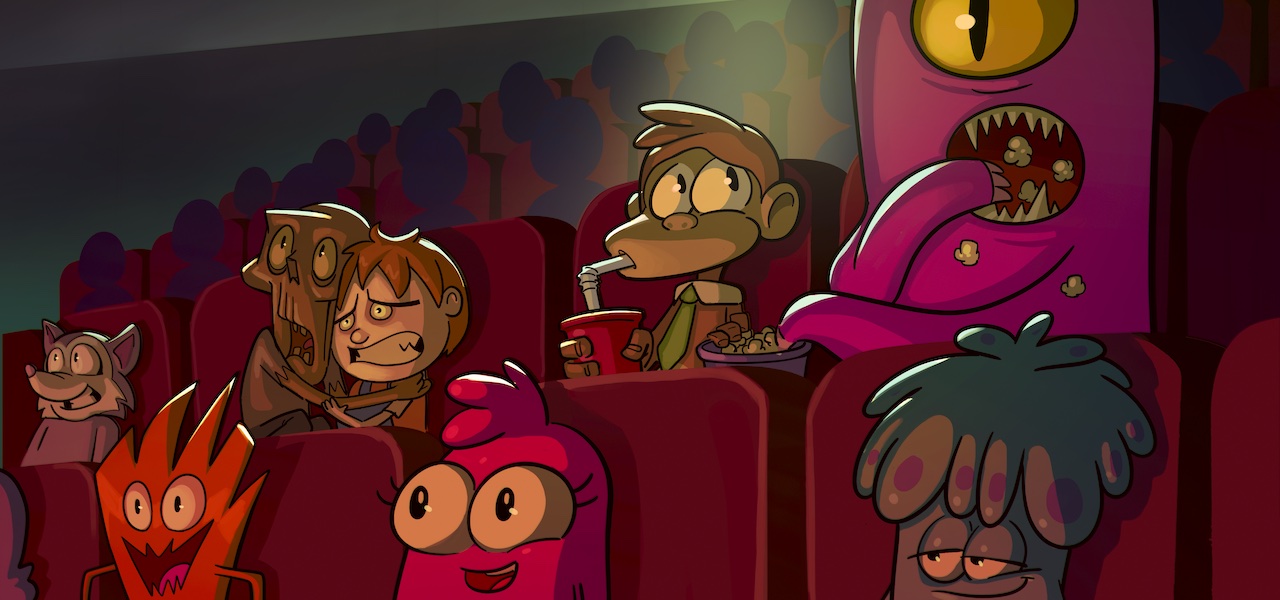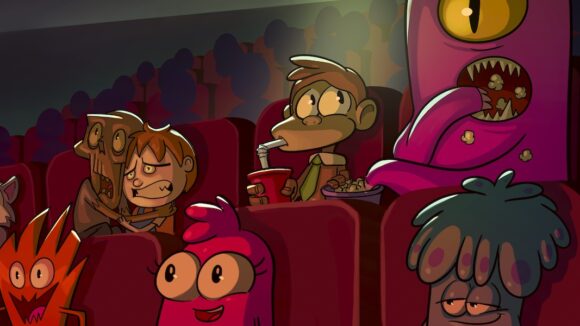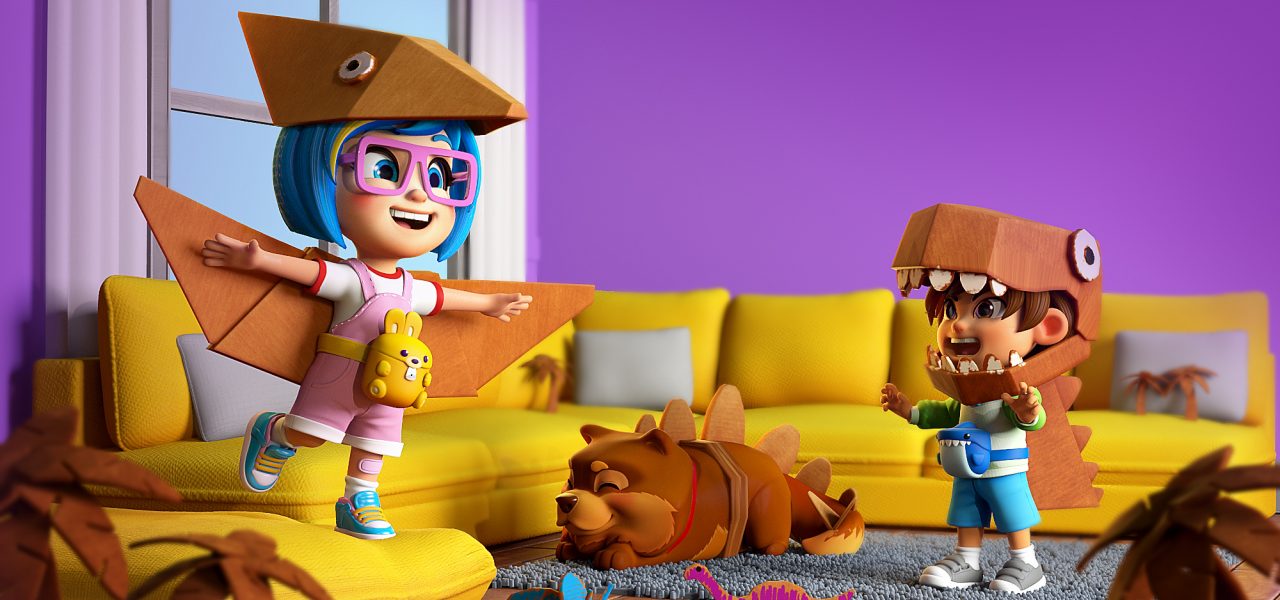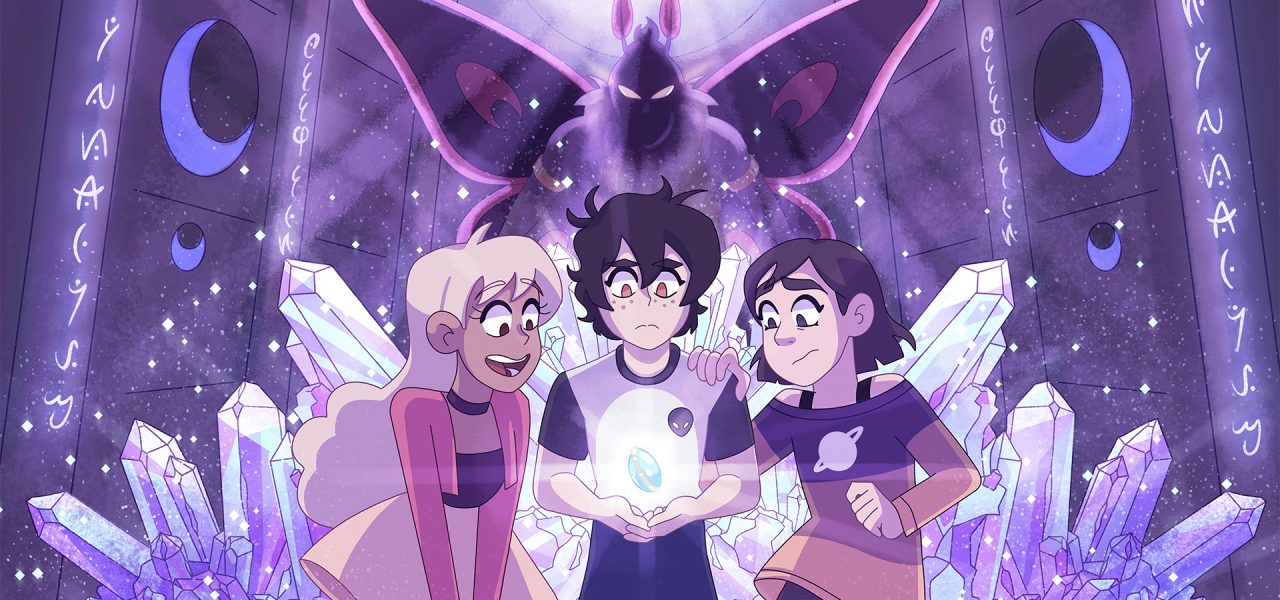

Interview: Pixelatl’s José Iñesta On How The Ideatoon Contest Is Shaping Latin American Animation
This week, Pixelatl takes over the Mexican city of Cuernavaca, offering an array of animation screenings, workshops, and lectures to an international crowd of industry figures.
For a handful of creators, the festival also presents the opportunity of their careers. Every year, Pixelatl hosts the final stage of Ideatoon, a remarkable pitching contest designed to launch original Latin American intellectual properties. This time, 12 projects are in contention; they will be presented on Wednesday.
Ideatoon was created in 2013. At the time, Latin America’s animation production was booming. The Pixelatl team noticed that creators were bursting with ideas, yet broadly unaware of how to turn those ideas into commercial content. Keen to push the industry beyond service work, the festival set up the contest as a way to pair promising artists with producers and executives from around the world.
The format is simple. Individuals and studios submit pitches for series or features. Around two dozen are selected to participate in a bootcamp, held in spring, where representatives from major companies — Netflix, Disney, Cartoon Network, and the like — help the budding creators tailor their project to the global market. From this shortlist, a dozen or so are picked to advance to Pixelatl’s Ideatoon Summit, where the creators present their final pitch to a jury. This week’s winners will receive money for a pilot and a trip to studios in L.A., but all finalists benefit from meeting senior decisionmakers at the festival, and a number of projects are optioned every year.
In the space of seven editions, the contest has turbocharged Latin American animation, launching many careers and raising standards across the sector as a whole. Success stories include Alan Ituriel’s Villainous (sold to Cartoon Network Latin America ), Fernanda Frick’s Raise the Bar! (Netflix), and Miriam López’s Molly and the Cryptos (Gaumont Animation).
Ahead of Wednesday’s Summit, Cartoon Brew spoke to José Iñesta, CEO of Pixelatl and one of the key figures behind Ideatoon, about the initiative’s impact and changing role. What follows is an edited transcript of the conversation.

Cartoon Brew: Do you see any trends among this year’s finalists?
José Iñesta: One interesting thing is that most projects move away from fantasy to more tech stuff: robots, artificial intelligence, even social networks. Overall, the young creators are already thinking about technology in their lives, and they think it’s important for children to know about how to relate to one another with and through technology.
Because these projects are broadly aimed at kids, as in previous years…
Iñesta: Yes. Most of them are targeted at under-12s. We have preschool, 6–9s, 9–11s. One very interesting that I discussed with the jury in the bootcamp: some projects were rejected, and what they told me is that those projects were too bold, that no network is taking risks right now. They’re just producing conventional, traditional [shows] — they’re not doing anything wild or out of character, or approaching [themes like] artificial intelligence directly. Some of these projects could be the next Spongebob, but nobody will pick it.
In the coming years, do you foresee a growth in animation for older audiences?
Iñesta: It’s a hard market. Thanks to Netflix and Amazon Studios, we have platforms we can aim at. But regarding channels, it’s just Adult Swim. At the first Ideatoon, I’d say 80% of the series were for adults. The applicants were creating series for themselves, and the jury was telling us [that there were very few places those series could go]. And that has to do with the competition: from age 13, you have other interests, like dating and video games.

You received a record 341 applications this year. Where is the growth coming from?
Iñesta: Mexico, Colombia, Chile, and Costa Rica, believe it or not. I guess Ideatoon is spreading through word of mouth — last year, we had a finalist from Costa Rica, and this guy told all the studios that they should participate. Brazil always sends a lot of projects, and that’s because of how the industry works. They produce a lot of content for their own country. In Chile they have great studios, like Zumbastico, who does Paper Port. Colombia is interesting, because the government has taken an approach to support animation, and that’s probably the reason we got so many projects from Colombia.
Even so, the finalists this year — as in previous years — are overwhelmingly Mexican.
Iñesta: One thing we’re doing in Mexico that we’re not doing in other countries is that, after we launch the contest, we do workshops in different parts of the country on how to prepare the [pitch] bible, what the broadcasters are looking for… On our website, we have something called Ideatoon Bytes — guidelines on how to create projects. But even though the information is online, in Mexico we guide [creators] more personally.
The contest is open to films, yet almost all the projects are series.
Iñesta: I think that has to do with the type of funds that there are in Mexico, and also the type of [decisionmakers] that come to the final pitch. And that’s one major difference this year. In the past, it was normally tv channels, platforms, etc. This year, we’re bringing a lot of feature film producers. In our seven editions so far, only one feature film has been picked — it’s being developed currently. Whereas [from the event] there are six series in production, ten in development, and many option deals signed.
Between series and features, do you think one might be more effective at growing Latin America’s animation industries than the other?
Iñesta: This is my personal point of view. When you work on a series, it’s continuous work. In Mexico, the nature of how funding works is that you have a feature, you get the funding, you build a large studio, you produce a film — and then you fire everybody. There is no government funding for series, though. That’s important to mention.
You’ve said that Ideatoon is about bridging divides in Latin American societies. Is this theme a criterion for selection to the bootcamp?
Iñesta: I sit down [with the pre-selection jury] and explain what we’re trying to do. After that, they’re on their own — they use the criteria that they normally use in their channels. These are top executives, so that’s the reason we bring them: we need their expertise.
Has the standard of the entries risen since Ideatoon began?
Iñesta: Of course. I have the catalogue of the first Ideatoon, and it’s amazing, the quality [the entries] have now. The creators are now focusing on target age groups, on subtle things. I think it’s because of the Bytes, and of what we teach them [at the contests and workshops]. This year, we’re focused on writing — we brought writers to the bootcamp.

Success stories aside, do you sense that Ideatoon has had a wider effect on the region’s animation industries? Have governments reacted?
Iñesta: At least in Mexico, the government doesn’t care about the animation industry, or children. They just care about giving money to their friends, and the easiest way to do that is through documentary films.
But Ideatoon has influenced the whole industry. [At the beginning,] creators were drawing their ideas on napkins. I was very ashamed of bringing producers to see this. Every year, we improve Ideatoon. We created pitch guidelines, then the courses, then the bootcamp.
Is there anything still missing from the format?
Iñesta: I’ll have the answer after this year’s pitches — after the executives tell me what was missing in the projects.
Pixelatl recently launched another pitching contest in partnership with Cartoon Network, called Girl Power: Pitch Me The Future. How does it complement Ideatoon?
Iñesta: Ideatoon is for all projects, all creators, in Latin America. Pitch Me The Future is for female creators, and only for series. Some female creators send projects to Ideatoon that aren’t picked, but which are picked by Cartoon Network for Pitch Me The Future. It’s very important to give female creators a voice.
We also have a new contest with Annecy called Short Way. It’s going to be a similar process to Ideatoon, but for shorts; the finalists will go to Annecy and pitch their short. This is what European producers want to see [before seeking] funding for a feature or series. What we’re targeting with Short Way is artistic: don’t worry about audiences, just create something beautiful.
Pixelatl runs September 3–7. For details, head to the homepage.
(Image at top: “Monky and Friends” by Mariana Gallegos and Jorge Camps, one of this year’s finalists.)

